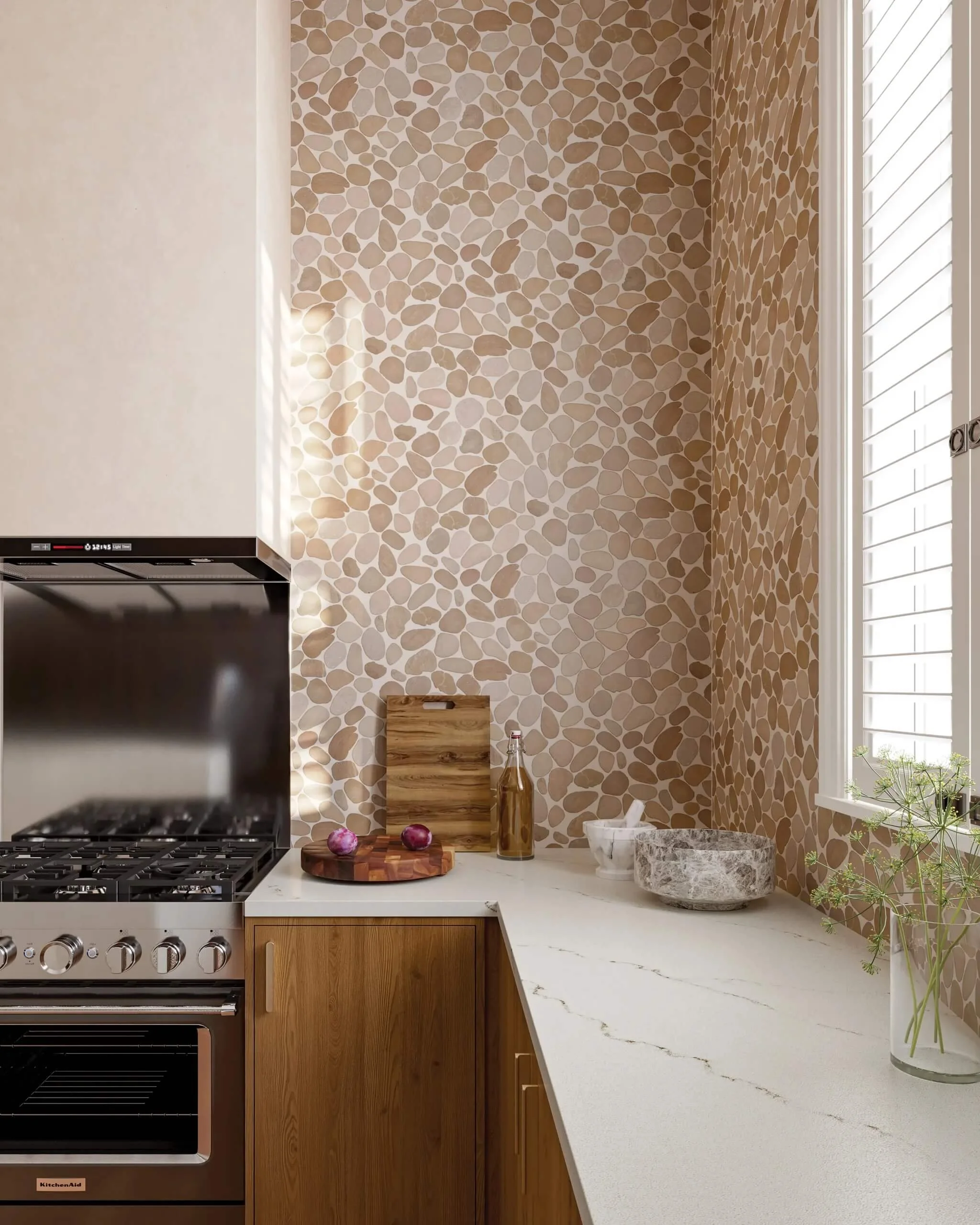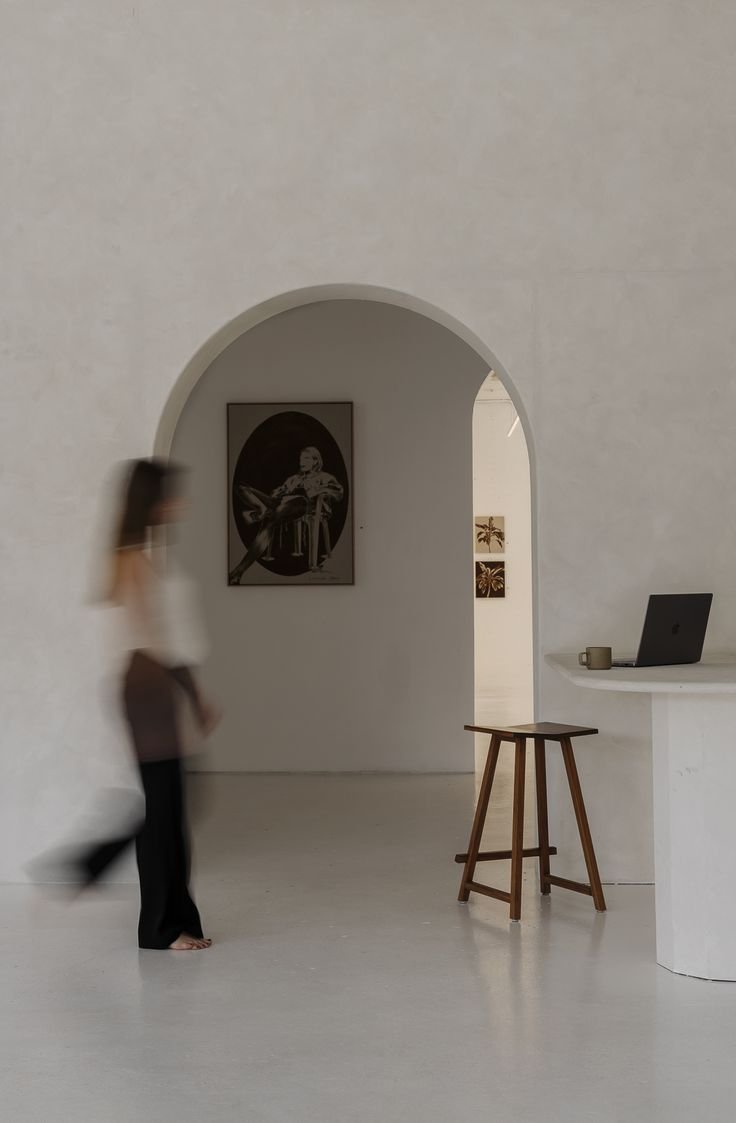Popcorn ceilings, also known as acoustic ceilings, were once a popular choice in homes due to their ability to hide imperfections and provide sound insulation. However, their textured appearance has fallen out of favor, leading many homeowners to seek removal, repair, or replacement options. In this guide, we walk you through the process of popcorn ceiling removal, construction, and repair, ensuring a smooth transition to a more modern and appealing ceiling finish.
No.1
Understanding Popcorn Ceilings
What Are Popcorn Ceilings?
Popcorn ceilings are characterized by their bumpy, textured surface, resembling popcorn or cottage cheese. This finish was popular from the 1950s to the 1980s, primarily due to its ability to mask ceiling imperfections and provide sound-dampening properties.
Why Remove Popcorn Ceilings?
There are several reasons why homeowners choose to remove popcorn ceilings:
Aesthetic Appeal: Popcorn ceilings can make a room look dated and unappealing. Removing them can instantly modernize the space.
Health Concerns: Older popcorn ceilings may contain asbestos, a hazardous material that poses health risks when disturbed.
Maintenance Challenges: The textured surface of popcorn ceilings makes them difficult to clean and prone to collecting dust and cobwebs.
No. 2
Popcorn Ceiling Removal Process
Safety Precautions
Before beginning the removal process, it's essential to take safety precautions:
Asbestos Testing: If your home was built before the 1980s, have the ceiling tested for asbestos. If asbestos is present, hire a professional abatement company to remove popcorn ceiling.
Protective Gear: Wear safety goggles, a dust mask, and protective clothing to prevent inhalation of dust and debris.
Tools and Materials Needed
Plastic drop cloths
Painter's tape
Spray bottle filled with water
Scraper or putty knife
Sandpaper or sanding block
Joint compound
Paint and primer
Step-by-Step Removal
Prepare the Room: Remove furniture and cover the floors with plastic drop cloths. Use painter's tape to secure the plastic to the walls.
Wet the Ceiling: Fill a spray bottle with water and lightly mist a small section of the ceiling. Allow the water to soak in for a few minutes to loosen the texture.
Scrape the Texture: Use a scraper or putty knife to gently remove the popcorn texture. Work in small sections, re-wetting the ceiling as needed.
Sand the Surface: Once the texture is removed, sand the ceiling to create a smooth surface. Use sandpaper or a sanding block for this step.
Repair Imperfections: Apply joint compound to any cracks or holes in the ceiling. Allow the compound to dry, then sand it smooth.
Prime and Paint: Apply a coat of primer to the ceiling, followed by your desired paint color. This will ensure a clean, finished look.
Houzz
Make your home project a reality. Find inspiration, products and the pros to make it happen — all in one place
No. 3
Construction and Repair of Ceilings
Constructing a New Ceiling
If you're constructing a new ceiling, consider the following options:
Smooth Finish: A smooth ceiling provides a clean, modern look and is easy to maintain.
Textured Finish: If you prefer a textured finish, consider options like knockdown or orange peel texture for a contemporary appearance.
Repairing a Damaged Ceiling
For minor ceiling repairs, follow these steps:
Identify the Damage: Assess the extent of the damage, whether it's a small crack, hole, or water stain.
Patch the Area: Use joint compound to fill in cracks or holes. For larger areas, consider using a patch kit.
Sand and Smooth: Once the compound is dry, sand the area to create a seamless surface.
Prime and Paint: Apply primer and paint to match the rest of the ceiling.
Takeaways
Whether you're removing an outdated popcorn ceiling, constructing a new one, or repairing existing damage, understanding the process is key to achieving a polished and modern look. By following the steps outlined in this guide, you can transform your ceiling into a stylish and functional element of your home. For professional assistance, consider hiring a contractor experienced in popcorn ceiling removal and repair to ensure the best results.
LOOKING For HOME RESOURCES?
Looking to enhance your living space and create a sanctuary that supports your well-being? Explore our home partners who offer a wide range of resources to elevate your home environment.












































































































































































































